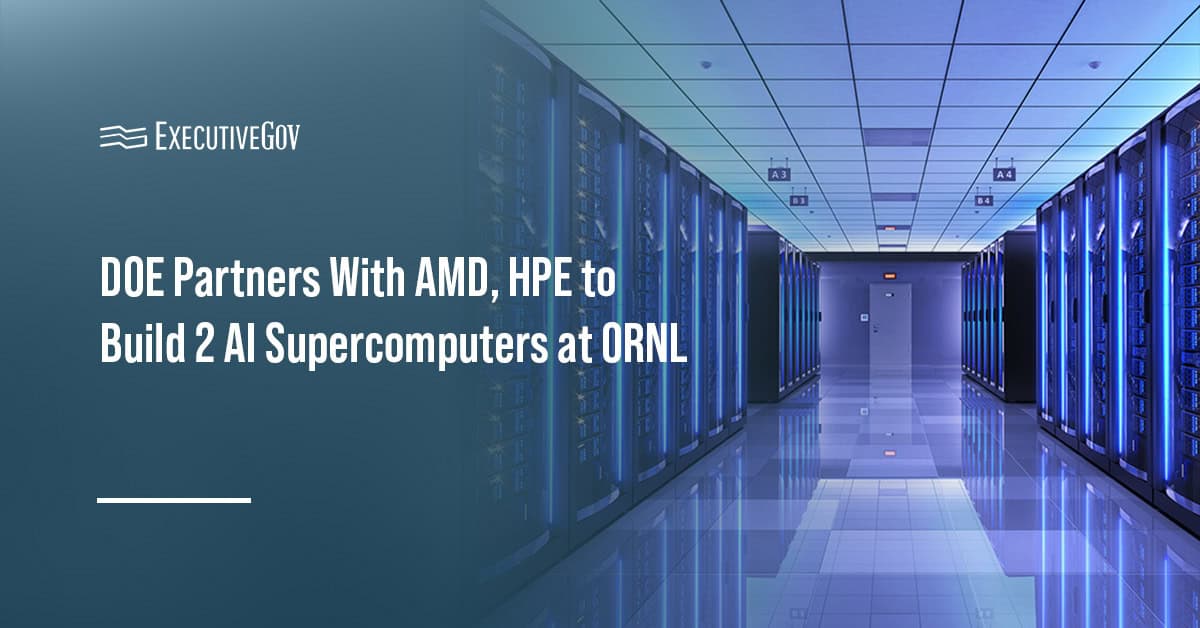The Department of Energy has announced a public-private partnership with Advanced Micro Devices and Hewlett Packard Enterprise to develop two AI supercomputers at Oak Ridge National Laboratory.

Experience the future of technology at the Potomac Officers Club’s 2026 Artificial Intelligence Summit on March 19. Discover how AI, machine learning and automation are redefining defense, federal operations and industry. Don’t miss this chance to hear from real practitioners shaping the AI revolution. Register today!
Backed by more than $1 billion in public-private investment, the initiative aims to strengthen U.S. leadership in scientific computing, drive innovation and strengthen national security capabilities, DOE said Monday.
The department expects the supercomputers to facilitate the integration of experimentation and modeling and improve its ability to move data securely across sites.
Table of Contents
What Is the Lux AI Cluster?
One of the planned AI supercomputers is the Lux AI Cluster, which is scheduled for deployment in early 2026.
Equipped with AMD Instinct MI355X graphics processing units, AMD EPYC central processing units and AMD Pensando networking, Lux will support work on fusion, fission, quantum computing, materials discovery, grid modernization, advanced manufacturing and other critical national priorities. It will provide an open AI software stack to boost the country’s innovation base.
“Winning the AI race requires new and creative partnerships that will bring together the brightest minds and industries American technology and science has to offer,” said Secretary of Energy Chris Wright. “That’s why the Trump administration is announcing the first example of a new commonsense approach to computing partnerships with Lux.”
How Will the Discovery Supercomputer Accelerate Scientific Research?
Set to arrive in 2028, the Discovery supercomputer will be based on the HPE Cray Supercomputing GX5000 architecture and will feature AMD EPYC “Venice” processors and AMD Instinct MI430X GPUs.
Discovery aims to converge AI, high-performance computing and quantum systems to enable scientists to speed up data processing and analysis and train AI models to accelerate scientific breakthroughs in medicine, cybersecurity, energy and advanced manufacturing.
“We are also announcing, as part of a competitive procurement process, Discovery. Working with AMD and HPE, we’re bringing new capacity online faster than ever before, turning shared innovation into national strength and proving that America leads when private-public partners build together,” Wright noted.





